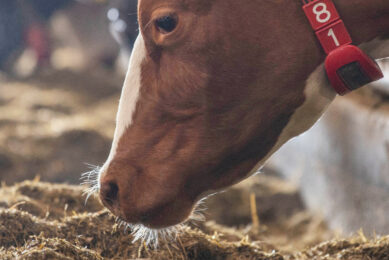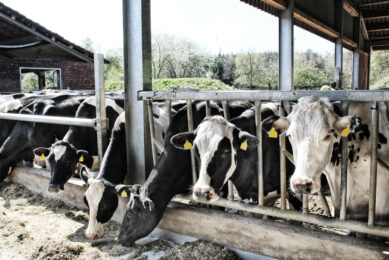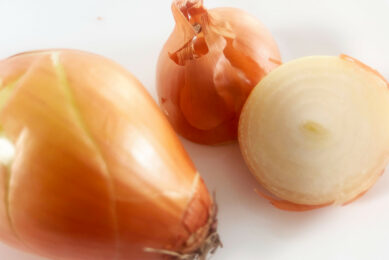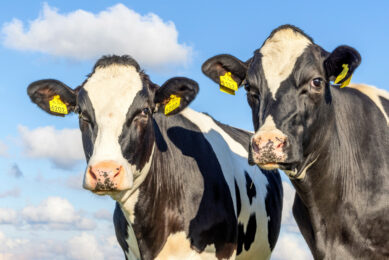Sodium humate in heifer diets has real potential
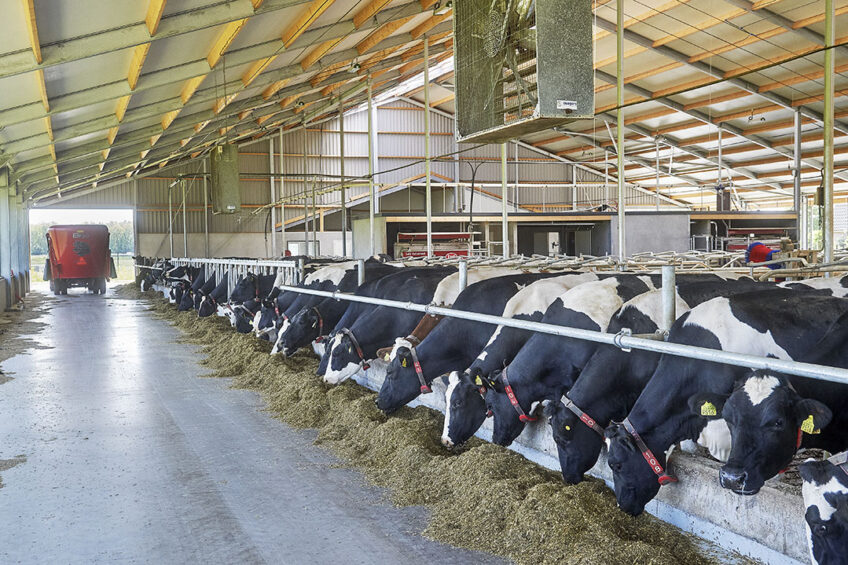
To realise success in the reproduction of a cow herd, the growth and health of breeding heifers is essential. In their findings published in the Emerging Science Journal, researchers found that sodium humate extracted from freshwater sapropel conferred growth and health benefits to breeding heifers in a cost-effective way.
The World Resources Institute has projected that by 2050 the world will have a significant shortage of food, as there will be 10 billion people on the planet – about 3 billion more than in 2010. Additionally, the Food and Agriculture Organization of the United Nations expects the global consumption of dairy products to increase by 63% by 2050 compared with 2005-2007. It is clear that quality rearing of heifers is crucial to increasing milk production. Further to this, the European Commission has emphasised that in the European Union, raw materials should be produced from local resources as much as possible.
Sodium humate is a macromolecular substance comprising humic acid, which is rich in phenolic hydroxyl and carboxyl groups and has antidiarrhoeal, antioxidant and anti-inflammatory properties. Results of a study published in the Biological Trace Element Research journal confirmed that humic acid inhibits pathogenic micro-organisms such as Escherichia coli, Staphylococcus aureus and S.faecalis. In the present study, scientists from Latvia University of Life Sciences and Technologies sought opportunities to create innovative feed additives from sapropel deposited in a freshwater lake, which would increase productivity in the dairy industry. In the study, sodium humate was extracted from sapropel.
Study setup
The researchers of the study investigated the inclusion in feed of sodium humate additive derived from freshwater sapropel to identify its effects on the growth performance and health status of Holstein breeding heifers. The heifer trial had 2 groups: control (no additive) and research (the addition of sodium humate). The heifers were selected so that their average age was 39.5 days at the beginning of the trial, which lasted for 105 days. The heifers of the research group received the sodium humate additive as follows:
- Stage 1 (days 1–35): sodium humate at 0.4 mL/kg of live weight;
- Stage 2 (days 36–70): sodium humate at 0.5 mL/kg of live weight; and
- Stage 3 (days 71–105): sodium humate at 0.6 mL/kg of live weight.
Growth promotion
The inclusion of sodium humate in the diet of breeding heifers at an intake rate of 0.6 mL/kg of live weight increased the live weight gain of the heifers on average by 47.98 kg, which was 4.37 kg more than in the control group. The consumption by the heifers of starter feed supplemented with sodium humate was significantly higher compared to the control group, which could explain their higher live weight gain. The researchers highlighted that sapropel and humic substances improve the animal’s appetite, as the smell of sapropel promotes the animal’s willingness to feed – explaining the higher consumption of starter feed observed in this study.
In support of the study, researchers in a 2022 publication elaborated on the mechanisms of action of humic substances as growth promoters in animals; they reviewed the addition of humic substances in the drinking water or feed of farm animals including poultry, pigs, dairy cows and calves, goats and rabbits. Their results reinforce that humic substances have a protective action on the digestive mucosa, antioxidant properties and immunomodulatory and anti-inflammatory attributes. They also found a microbial shift to a probiotic-type bacteria in the gut that promotes a higher efficiency of minerals, proteins and lipids utilisation in the body.
Health status and welfare
Haematological and biochemical tests on the blood of farm animals are necessary to obtain information about the physiological state and health status. The findings of this research indicate that the sodium humate additive did not cause significant changes in most of the serum parameters; all the parameters tested were within normal intervals. However, the additive decreased total cholesterol and triglycerides while increasing calcium levels, and results showed an improvement in the heifers’ general health.
There was also a 13.6% higher level of alkaline phosphatase in the additive group than in the control group, which could indicate a more stimulating effect of the additive on bone formation and intestinal permeability, according to the researchers. In addition, the researchers found improvements in the welfare, activity and coat condition of heifers supplemented with the sodium humate additive.
Beneficial microbiota modulation
The addition of feed additives also aims to provide modulation of the gut microbiota to reduce the incidence of diseases and improve growth performance. The present research showed that daily intake of sodium humate additive reduces Enterobacteriaceae and Clostridium perfringens in the intestinal tract, while significantly increasing (by 22%) the beneficial Lactobacillus spp. compared to the control group (Table 1). In addition, the Lactobacillus spp./coliform ratio showed significantly higher values for the sodium humate group than for the control group, which indicated the ability of the additive to modulate the heifer microbiota.
Economic feasibility of sodium humate
The total feed cost per breeding heifer for the research group during the entire research period was equal to €28.59 or 7.9% higher than for the control group. However, a calculation of feed cost per average weight gain during the research period revealed that the cost for the additive group exceeded that of the control group by only 4.9%. This indicated that the breeding heifers of the additive group grew more intensively and could be assumed to reach productive age earlier, thereby reducing the cost of herd renewal for the farm. This assumption was also confirmed by the relative growth ratio, which was 9.3% higher for the additive group than for the control group.
Conclusion
Researchers concluded that feeding the sodium humate additive derived from freshwater lake sapropel to the breeding Holstein heifers up to 5 months of age improves feed intake and growth performance, as well as the welfare and health status of the heifers. They added: “Sodium humate production from freshwater sapropel at an industrial scale has real potential because the raw material is abundant, and the extraction process is relatively simple and cost-effective.”
The Dairy Global Newsletter
Sign up for our newsletter and receive all our need-to-know content three times a week.
Join 13,000+ subscribers
Subscribe to our newsletter to stay updated about all the need-to-know content in the dairy sector, two times a week.



